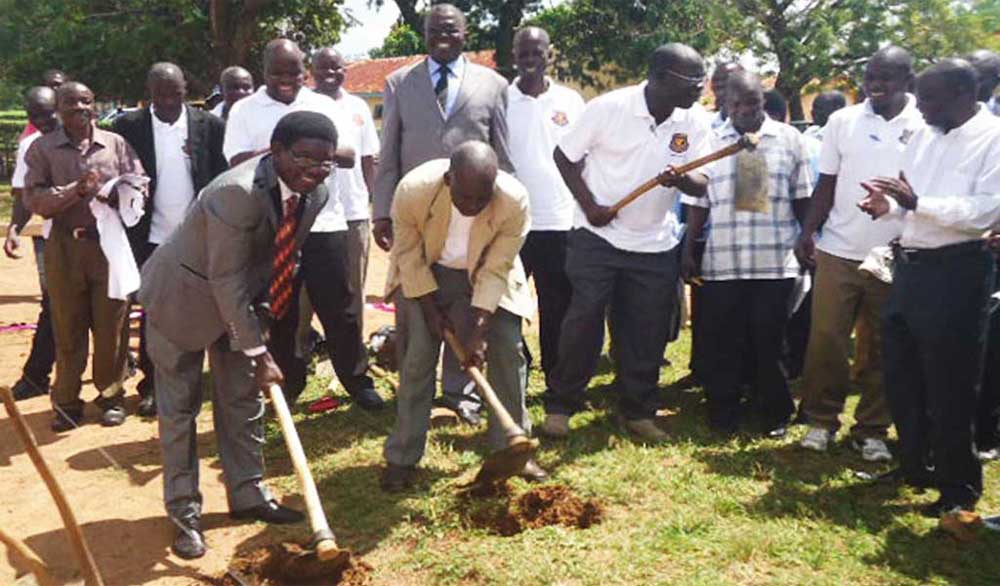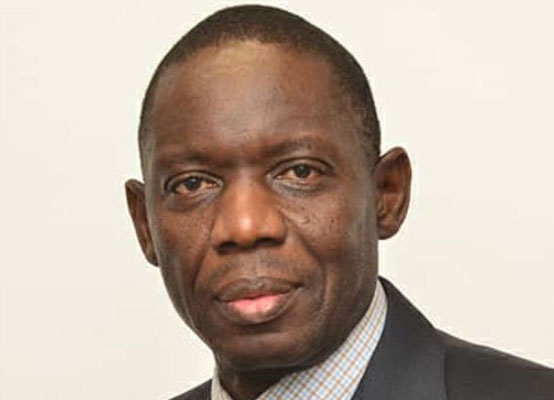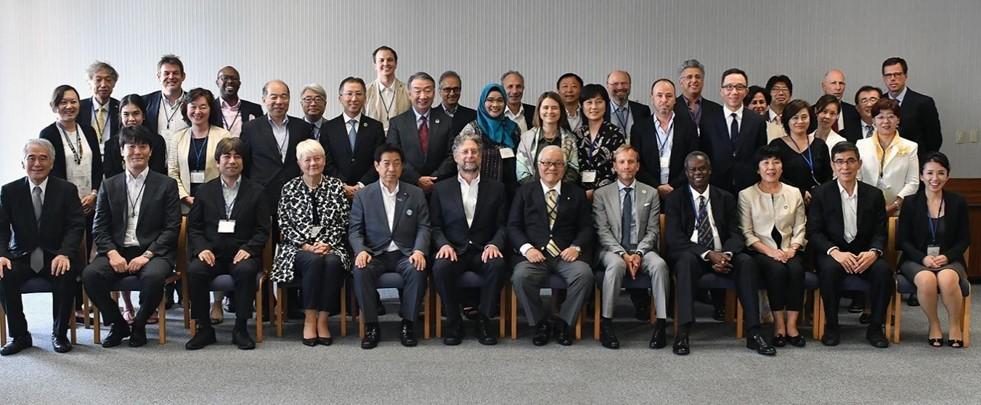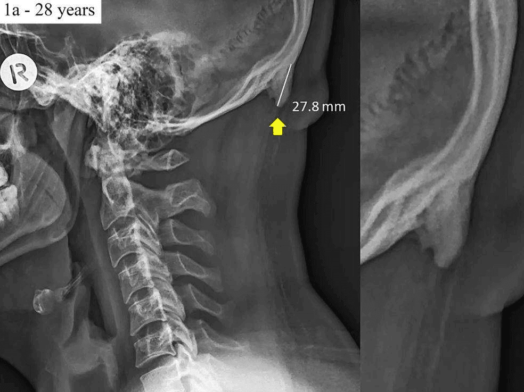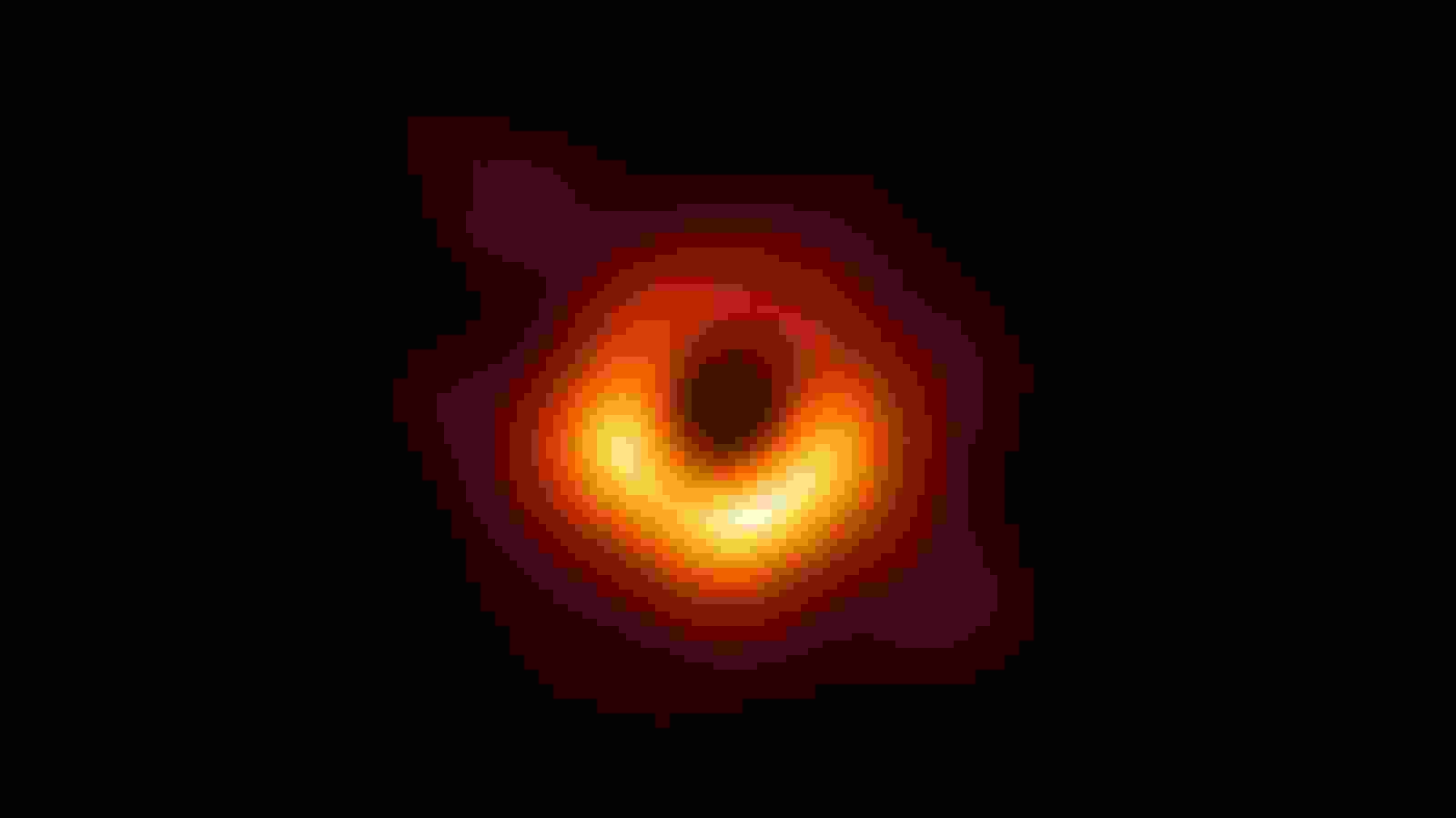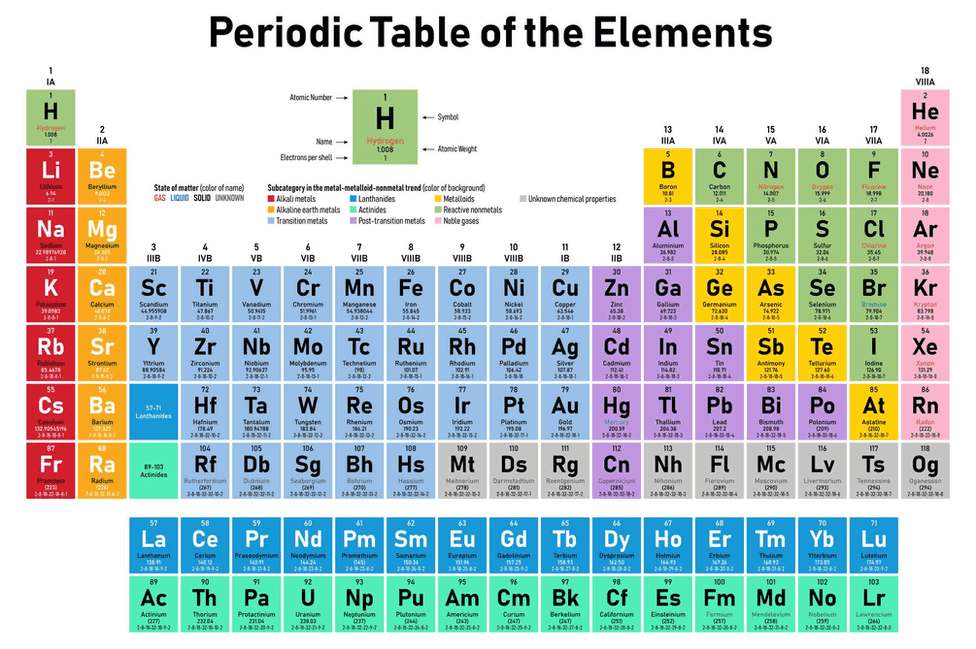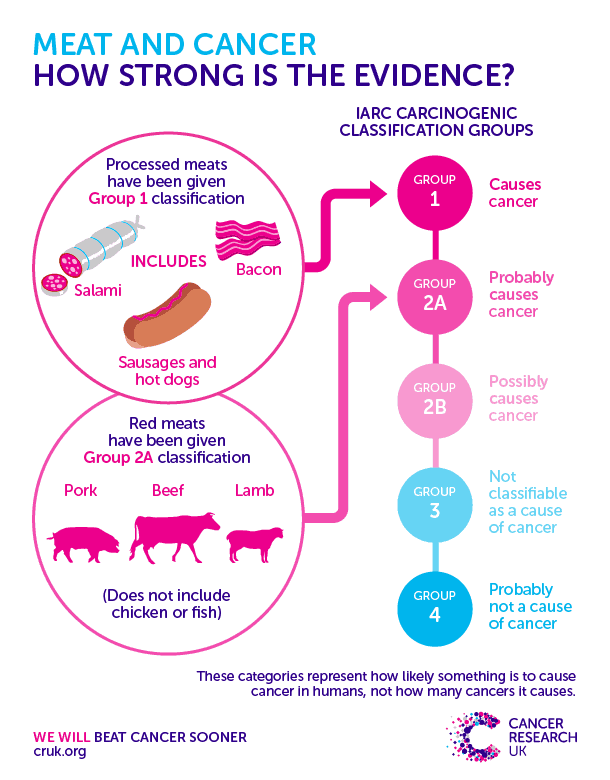Scientists have concluded that the universe is about 13.8 billion years old. They measured the universe’s age using two methods: by evaluating the rate of its expansion and by calculating the age of its oldest star.
Astronomers are able to tell a star’s age by how bright it is. Large stars burn brightly, but burn out just a quickly. A star ten times the size of our sun will die in about 20 million years, but a star only half the sun’s size will live for about 20 billion years. Tight groupings of stars, known as globular clusters, follow the same rules. The oldest globular clusters have stars that might be anywhere from 11 to 18 billion years old. So now we know that the universe can’t be any younger than 11 billion years.
Scientists have measured the energy leftover from the Big Bang (the creation of the Universe), which allows them to estimate the density, composition and expansion rate of the universe, putting its birthday at about 13.8 billion years ago.
The other way of determining the universe’s age is to assess how far it has travelled since its beginnings. The universe is constantly expanding, and the rate at which it does so – known as the Hubble constant – is the key to figuring out its age. Scientists have measured the energy leftover from the Big Bang (the creation of the Universe), which allows them to estimate the density, composition and expansion rate of the universe, putting its birthday at about 13.8 billion years ago.
Read more about it in the Space article “How Old is the Universe?” by Nola Taylor Redd.




